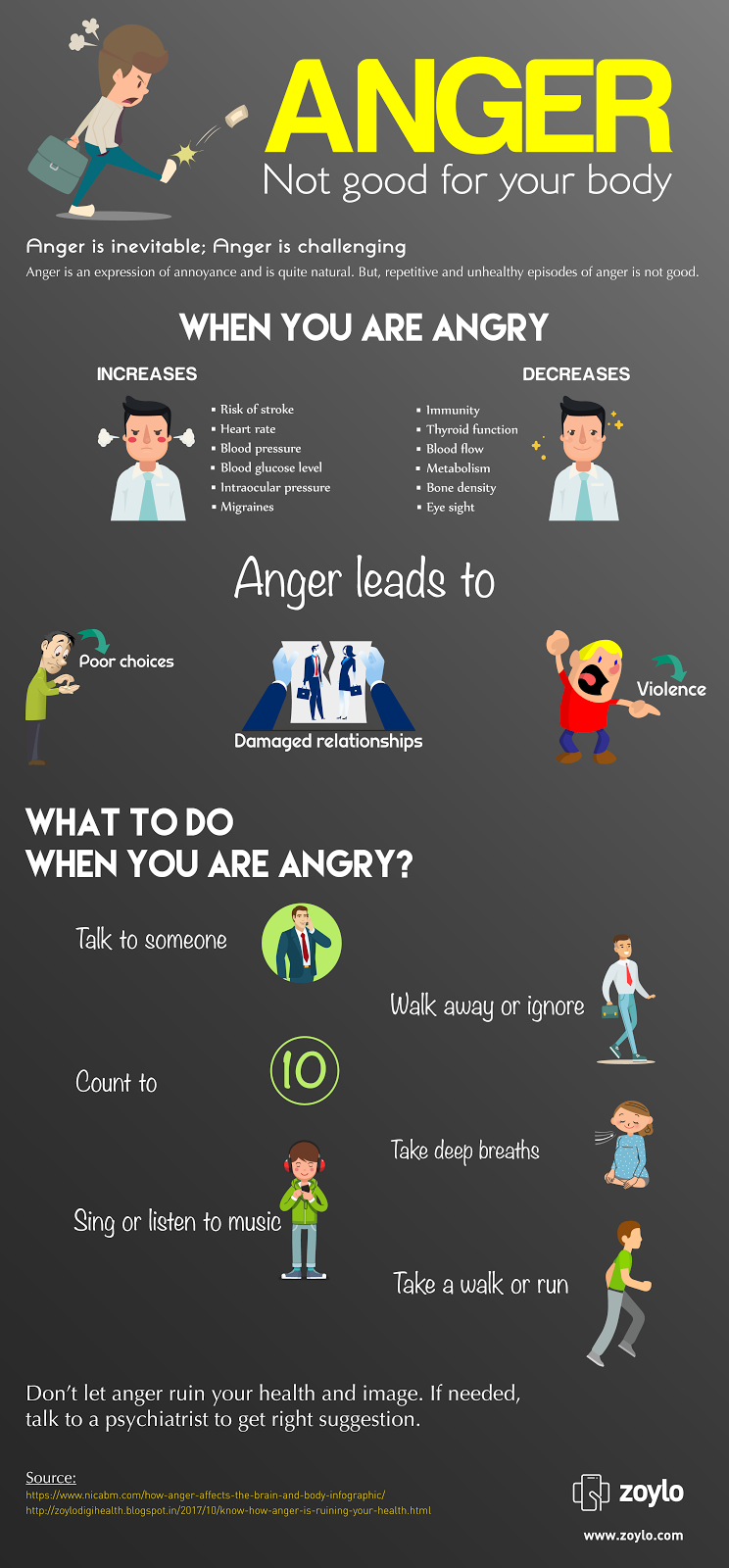How To Heal From Childhood Trauma
How To Heal From Childhood Trauma
Blog Article
Just How Do State Of Mind Stabilizers Job?
Mood stabilizers aid to soothe areas of the mind that are impacted by bipolar disorder. These drugs are most effective when they are taken regularly.
It may take a while to discover the appropriate medication that functions ideal for you and your doctor will certainly check your condition throughout treatment. This will certainly involve routine blood examinations and perhaps a change in your prescription.
Natural chemical law
Neurotransmitters are a team of chemicals that manage one another in healthy people. When degrees come to be unbalanced, this can cause state of mind problems like depression, stress and anxiety and mania. State of mind stabilizers aid to prevent these episodes by assisting control the equilibrium of these chemicals in the mind. They also may be utilized together with antidepressants to boost their performance.
Medications that work as mood stabilizers consist of lithium, anticonvulsants and antipsychotics. Lithium is probably one of the most well known of these medicines and works by impacting the circulation of salt through nerve and muscle mass cells. It is frequently utilized to treat bipolar affective disorder, however it can also be helpful in treating other mood conditions. Anticonvulsants such as valproate, lamotrigine and carbamazepine are likewise efficient state of mind stabilizing drugs.
It can spend some time to discover the right sort of medicine and dosage for each and every person. It's important to collaborate with your physician and engage in an open discussion about just how the medicine is working for you. This can be particularly useful if you're experiencing any kind of adverse effects.
Ion channel inflection
Ion channels are a significant target of mood stabilizers and several other medicines. It is now well developed that they are dynamic entities that can be regulated by a variety of exterior stimuli. On top of that, the modulation of these networks can have a range of temporal results. At one extreme, changes in gating characteristics may be rapid and instantaneous, as in the nicotinic acetylcholine receptor/channel system. At the various other end of the spectrum, covalent adjustment by healthy protein phosphorylation may cause changes in network function that last much longer.
The area of ion channel inflection is entering a duration of maturation. Recent researches have demonstrated that transcranial concentrated ultrasound (US) can boost neurons by triggering mechanosensitive potassium and salt channels installed within the cell membrane layer. This was demonstrated by shared channels from the two-pore domain potassium family members in Xenopus oocytes, and focused US dramatically modulated the present moving through these networks at a holding voltage of -70 mV (right panel, relative impact). The results are consistent with previous monitorings revealing that antidepressants influencing Kv networks manage glia-neuron communications to contrary depressive-like behaviors.
Neuroprotection
Mood stabilizers, like lithium, valproic acid (VPA), and carbamazepine, are important in the treatment of bipolar affective disorder, which is defined by frequent episodes of mania and clinical depression. These medicines have neuroprotective and anti-apoptotic residential or commercial properties that help to prevent cellular damage, and they likewise improve cellular durability and plasticity in inefficient synapses and neural circuitry.
These protective actions of mood stabilizers may be moderated by their restraint of GSK-3, inositol signaling, and HDAC task. In addition, lasting lithium therapy shields versus glutamate excitotoxicity in cultured nerve cells-- a design for neurodegenerative conditions.
Research studies of the molecular and cellular effects of mood stabilizers have revealed that these medications have a wide range of intracellular targets, including several kinases and receptors, as well as epigenetic modifications. Refresher course is needed to figure out if state of mind stabilizers have neurotrophic/neuroprotective actions that are cell kind or wiring certain, and exactly how these impacts may complement the rapid-acting therapeutic response of these agents. This will certainly aid to establish brand-new, quicker acting, much more effective therapies for psychological health problems.
Intracellular signaling
Cell signaling is the process by which cells connect with their setting and other cells. It involves a sequence of action in which ligands connect with membrane-associated receptors and cause activation of intracellular pathways that regulate essential downstream mobile functions.
Mood stabilizers act upon intracellular signaling via the activation of serine-threonine protein kinases, resulting in the phosphorylation of substratum proteins. This activates signaling cascades, causing modifications in gene expression and mobile function.
Numerous mood stabilizers (consisting of lithium, valproate and lamotrigine) target intracellular signaling pathways by inhibiting specific phosphatases or turning on particular kinases. These effects create a reduction in the activity of these paths, which results in a decrease in the synthesis of specific chemicals that can community mental health affect the mind and result in signs and symptoms of anxiety or mania.
Some mood stabilizers additionally work by enhancing the task of the inhibitory natural chemical gamma-aminobutryic acid (GABA). This enhances the GABAergic transmission in the mind and minimizes neural activity, therefore creating a relaxing impact.